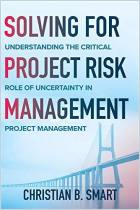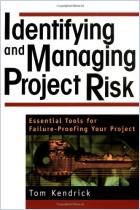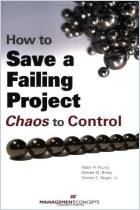
How Big Things Get Done
The Surprising Factors That Determine the Fate of Every Project, from Home Renovations to Space Exploration and Everything In Between
From HOW BIG THINGS GET DONE: The Surprising Factors That Determine the Fate of Every Project, from Home Renovations to Space Exploration and Everything In Between by Bent Flyvbjerg and Dan Gardner. Summarized by arrangement with Crown Currency, an imprint of the Crown Publishing Group, a division of Penguin Random House LLC.
ISBN: 9780593239513
Pages: 293
Recommendation
In this fascinating tour of flops and triumphs, megaproject expert Bent Flyvbjerg and journalist Dan Gardner delve into what went wrong — and right — in the planning and execution of a variety of projects. They lay out why the Guggenheim Bilbao came off flawlessly while the Sydney Opera House and California’s high-speed rail faced cost overruns. The book expands into other types of projects, too. Why did author Robert Caro take seven times as long as he expected to complete The Power Broker? And how on earth did Jimi Hendrix’s studio in Greenwich Village get built with no plan or budget?
Summary
About the Authors
Bent Flyvbjerg is a professor at the University of Oxford and at the IT University of Copenhagen. He has been called “the world’s leading megaproject expert.” Dan Gardner is a journalist and the best-selling author of Risk and Future Babble.





















Comment on this summary or Iniciar a Discussão